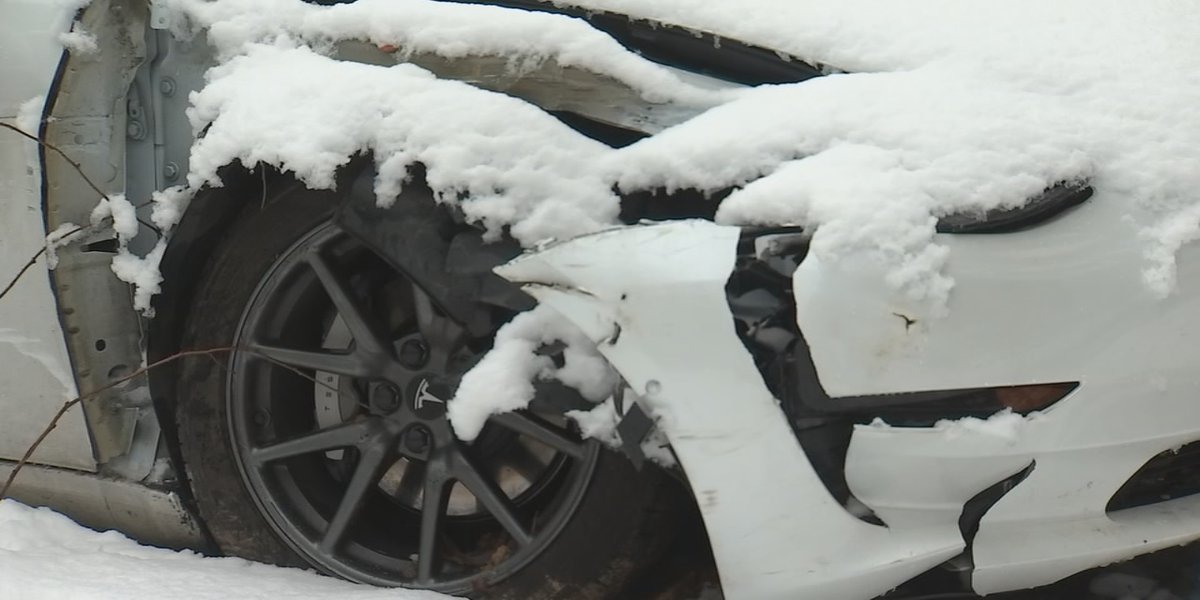
LANSING, Mich. (WILX) – This week’s snowfall led to road closures and crashes in the Lansing area. Lieutenant Rene Gonzalez of Michigan state says a crash on Interstate 96 turned deadly Tuesday.
“The subject lost control of his vehicle due to the slick road conditions and ended up overturning. He was deceased from that crash, another factor, he wasn’t wearing his seatbelt,” said Lt. Gonzalez
In icy, snowy, or slushy conditions, state police urge caution while traveling on roads as winter weather begins. Adrienne Woodland of AAA says these winter conditions affect tire pressure and traction.
“In winter weather, winter roads whether it’s slick or snowy, traction will be reduced, and you want to drive for that reduced traction by increasing your following distance,” said Woodland.
Driving too fast, and tailgating cars in front of you, all reasons why we see more crashes during the winter months.
“People are still driving the same manner as if it were dry and 75 out,” said Lt. Gonzalez
Woodland also reminds drivers to prepare an emergency kit in case something happens while they’re out driving in the winter.
“You want to have a cell phone charger, blankets, food and water, and any needed medication you have.”
“Michigan winters are unpredictable around here, so you never know what you’re going to get. You could be driving down the freeway and it’s clear and all of a sudden you get a whiteout. So, the main thing is being ready for anything that can happen in front of you.”
AAA Top Ten Tips for Winter Driving
- Before starting out, remove ice and snow from the entire car, mirrors and lights so you have clear driving visibility.
- Don’t use cruise control in precipitation and freezing temperatures.
- Remember that four-wheel drive helps you to get going quicker, but it won’t help you stop any faster.
- Familiarize yourself with your vehicle’s braking system. Drivers with anti-lock brakes should apply firm, constant pressure while those without may need to pump the pedal in order to avoid loss of traction while stopping.
- Always drive at a speed that matches the prevailing visibility, traffic and road conditions – even if that means driving below the posted speed limit.
- Compensate for reduced traction by increasing your following distances (normally three to four seconds) to eight to ten seconds.
- Allow sufficient room for maintenance vehicles and plows, stay at least 200 feet back and, if you need to pass, go to the other vehicle’s left.
- Watch for icy surfaces on bridges and intersections, even if the rest of the road seems to be in good condition.
- If you get stuck in snow or ice, straighten the wheel and accelerate slowly. Add sand, traction mats or cat litter under the drive wheels to help avoid spinning the tires.
- If your tires lose traction and you begin to skid, continue to look and steer in the direction you want to go. If the drive wheels start to spin or slide while going up a hill, ease off the accelerator slightly and then gently resume speed.
Subscribe to our News 10 newsletter and YouTube page to receive the latest local news and weather.
Copyright 2023 WILX. All rights reserved.
